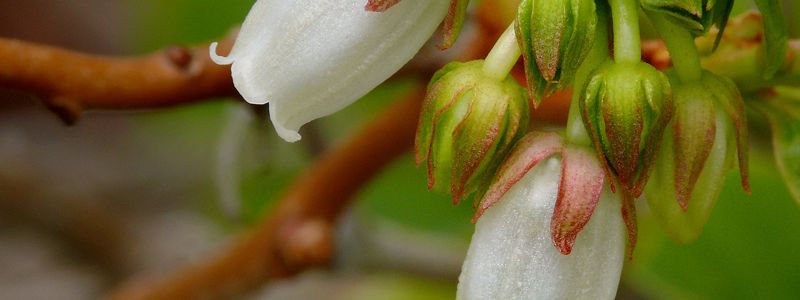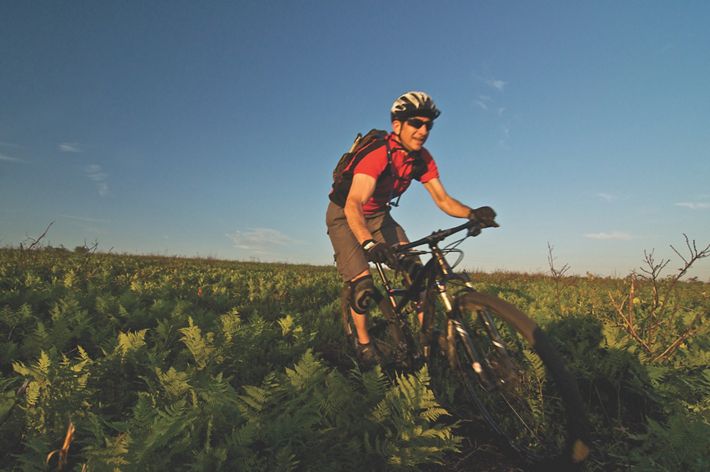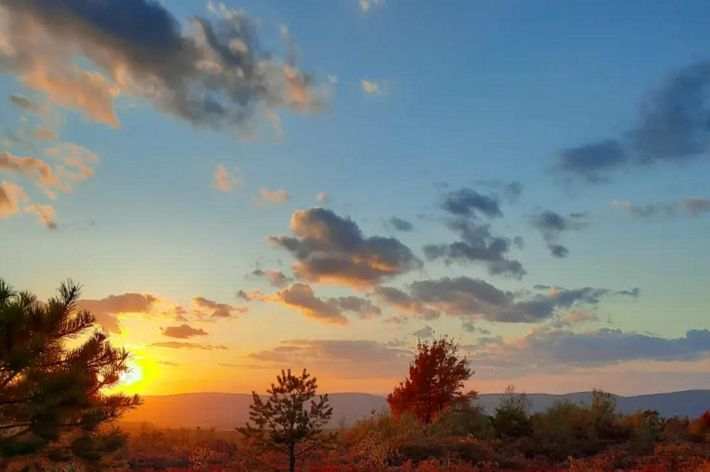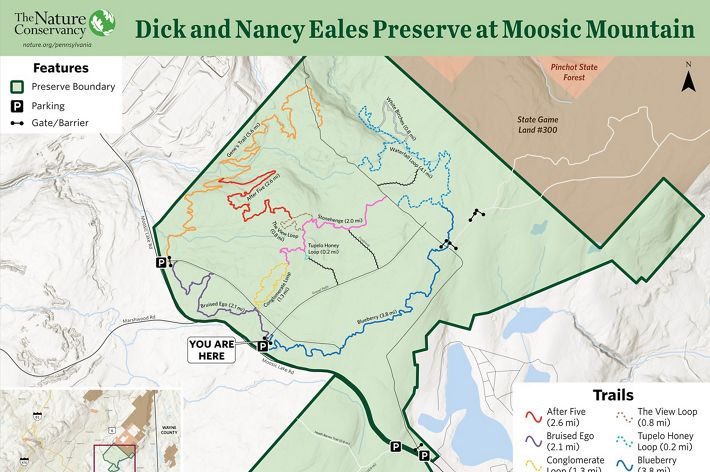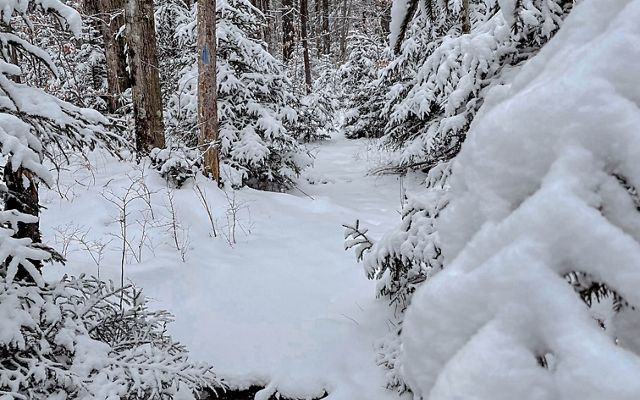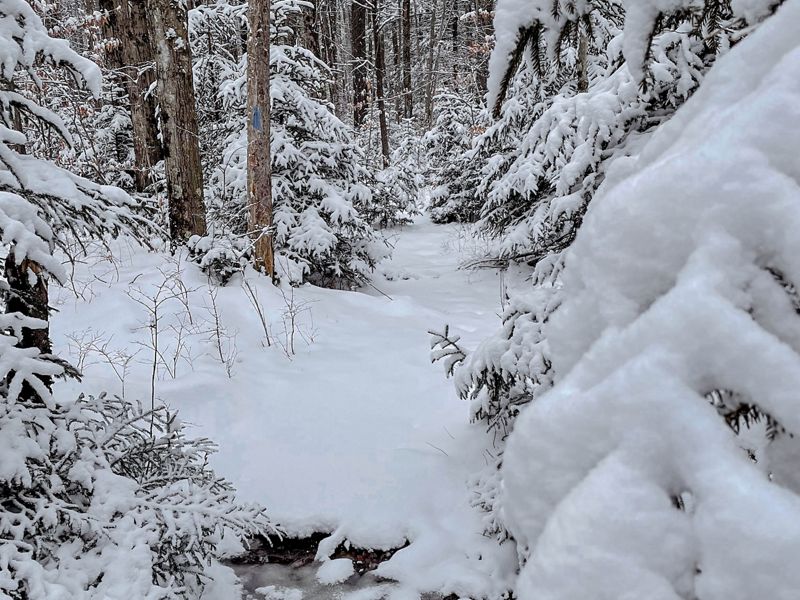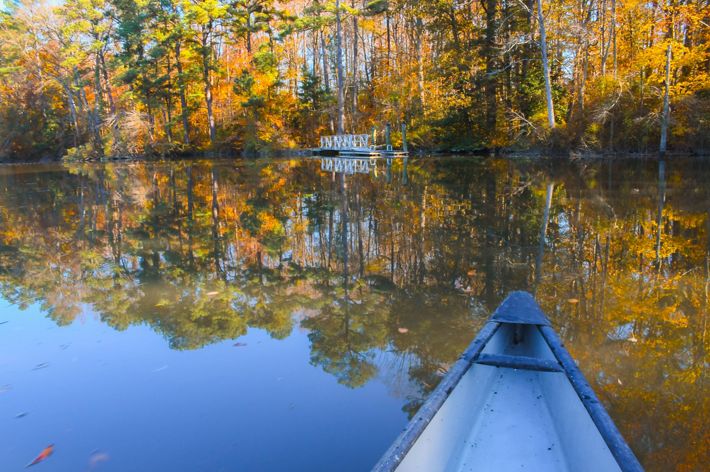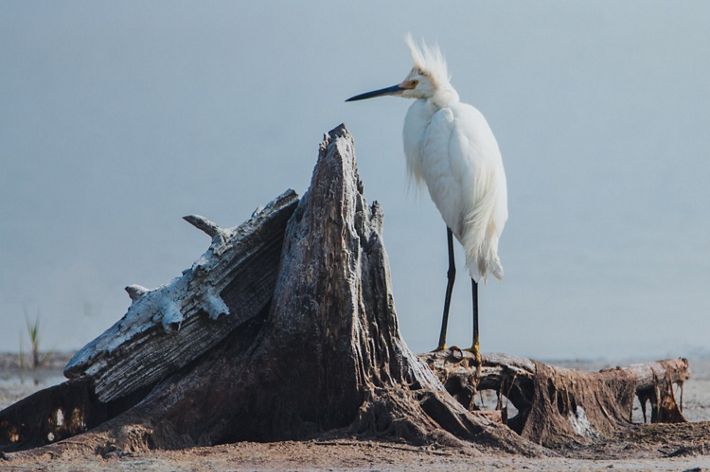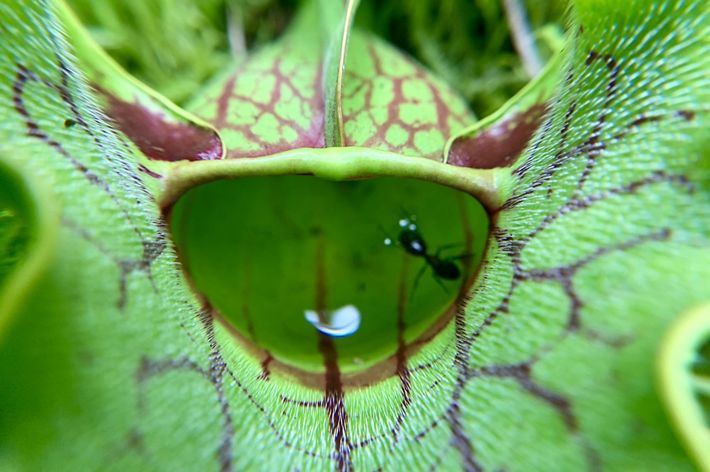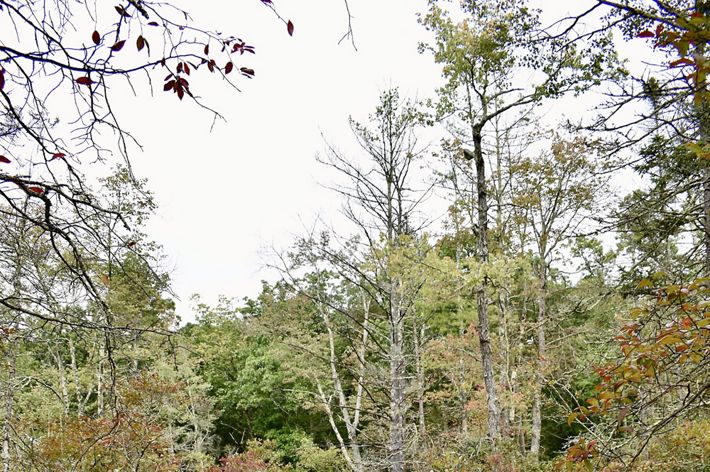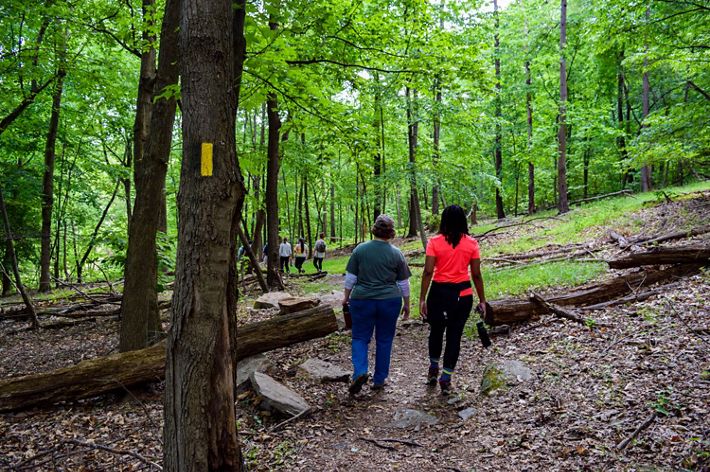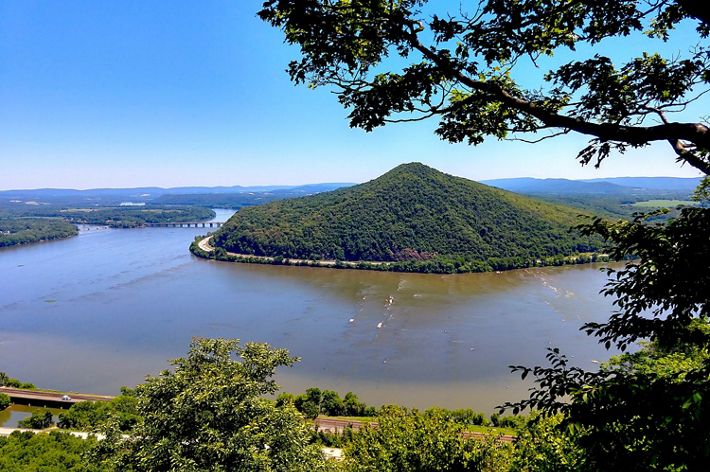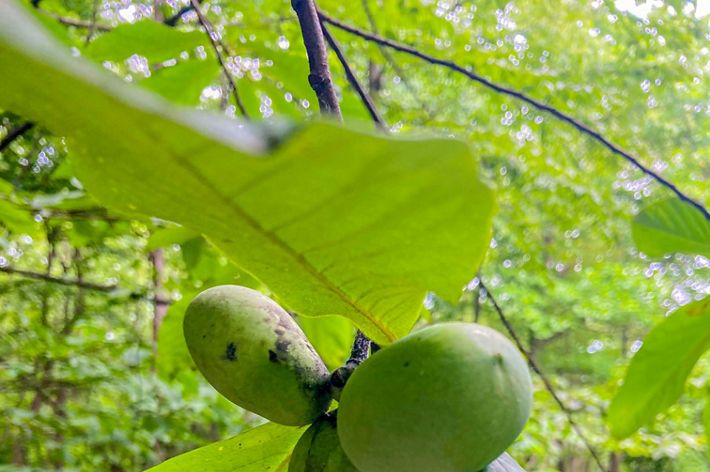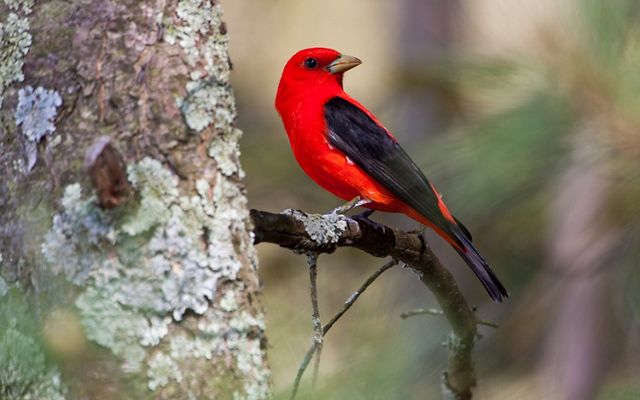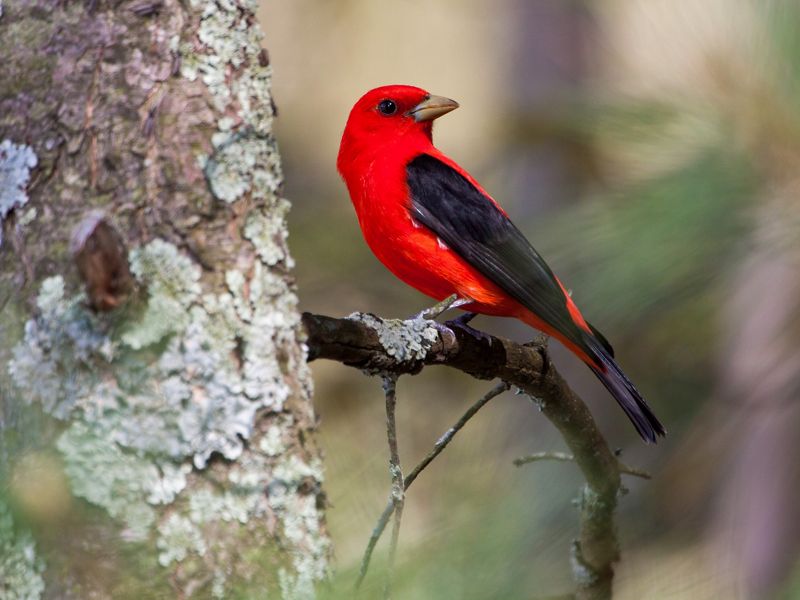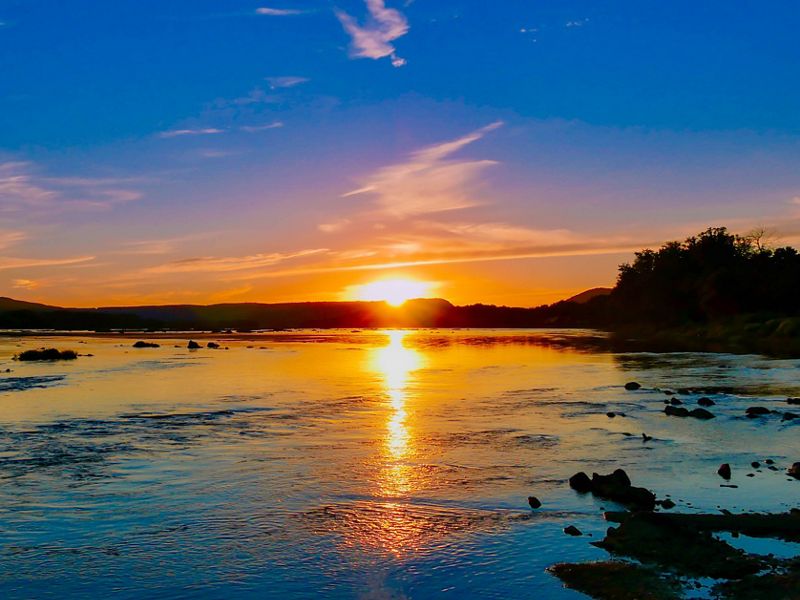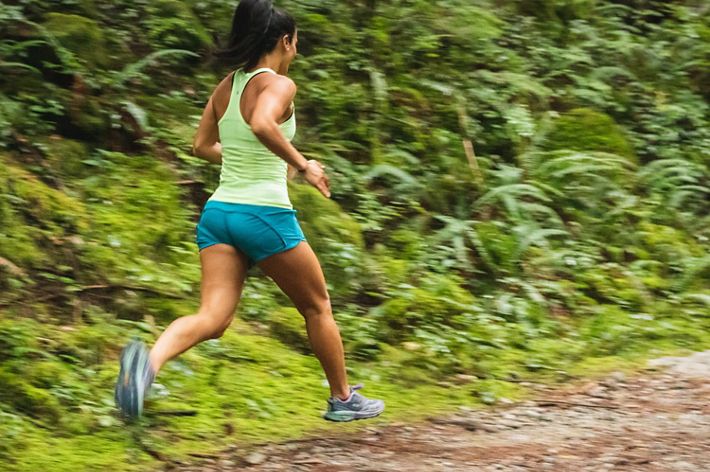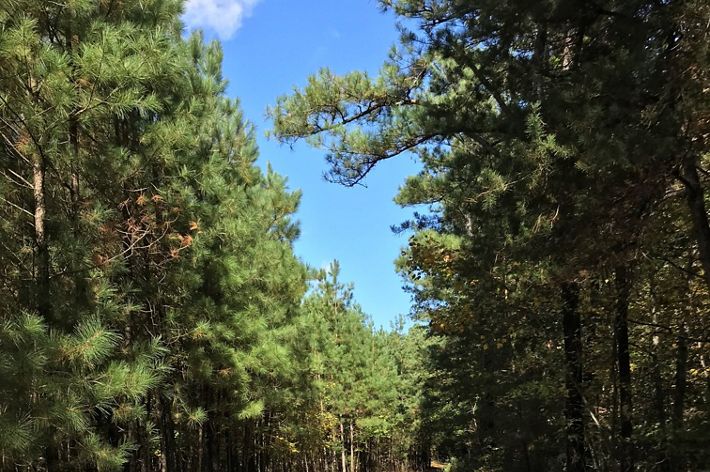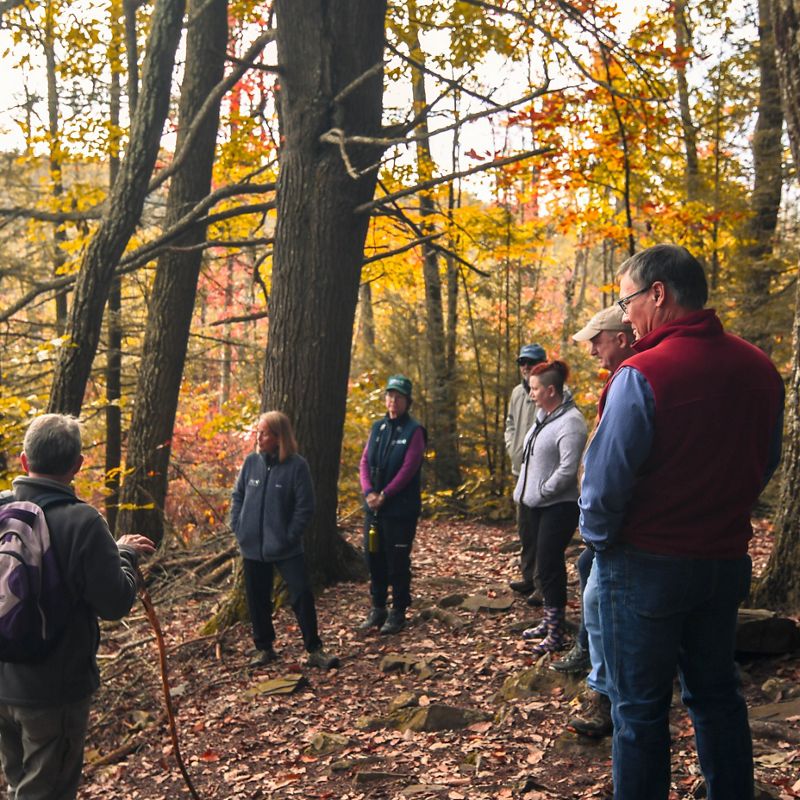
6 Best Hiking & Outdoor Recreation Opportunities Near You
Choose your outdoor adventure at one of TNC's preserves in Pennsylvania and Delaware.
If you’re looking for an opportunity to get outside and explore nature, look no further than The Nature Conservancy’s public preserves in Pennsylvania and Delaware.
Our dedicated stewardship team works year-round to protect these critically connected ecosystems and create safe public access for everyone to enjoy the outdoors.
While all of our public preserves offer miles of hiking trails, several preserves offer unique recreational opportunities to enjoy the outdoors.
Bring the family and enjoy all that TNC’s public preserves have to offer with one of these suggested activities. Prefer to join a group? Keep an eye out on our events page for one of our several guided events on our preserves throughout the year!
1. Mountain Biking at the Dick & Nancy Eales Preserve at Moosic Mountain
Explore more than 16 miles of singletrack along one of the best and largest ridgetop heath barrens in Pennsylvania, a mosaic of stunted pine and oak forest dominated by huckleberry, blueberry, rhodora and other low-lying shrubs that attract a broad array of birds and butterflies.
In autumn, the ridgetop views from the Eales Preserve are a nature lover’s delight. Visitors can enjoy the sights of colorful changing foliage as well as migratory songbirds and raptors that are heading south for the winter.
However, if you decide to explore the preserve, you’ll have numerous trail options to choose from across 2,250 protected acres. Take the Blueberry Trail or the Pink Floyd Trail to explore ridgetops dotted with small trees and shrubs and incredible views to the west, or challenge yourself on the Moosic Mountain Big Tour, rated as a difficult, 12-mile trail with 1,000 feet of elevation gain. There are also wheelchair-accessible trails beginning at the main entrance.
2. Snowshoeing at Long Pond Preserve
When the snow descends in the Pocono Mountains, it’s a call to adventure. Bring your snowshoes and head to Hauser Nature Center to explore a 1.7-mile woodland loop along Cathy’s Trail, where you’ll encounter a unique mixture of northern hardwood forest and boreal coniferous swamp, both with beautiful evergreens dusted with the powdery sugar of snowfall.
Continue onward through the forest to reach a hidden boulder field, where you’ll find a unique piece of history, rocky remnants from the last glacial age. These rocks are a reminder of the nature that called this area home ages ago.
Before heading back to enjoy a warming mug of hot chocolate, be sure to keep your eyes peeled along the wintry landscape for animal tracks and the native snowshoe hare with its distinctive winter white fur, which mirrors the surrounding winter wonderland.
3. Kayaking at the Edward H. McCabe Preserve
Fall is one of the best times to visit southern Delaware as the beach crowds, traffic jams and summer heat begin to ease. Drop your kayak or paddleboard into the Broadkill River in the historic town of Milton and enjoy a two-mile paddle eastward to the dock at the McCabe Preserve, where you can stop to enjoy a waterfront picnic in an area known to provide habitat for more than 100 native and migratory bird species.
As you travel east, you’ll float through a peaceful oasis of egrets, herons, osprey and eagles. Catch glimpses of colorful warblers and other migratory songbirds fueling up and resting as they pass through the area on their way south for the winter, and impress your traveling companions by spotting the prehistoric-looking glasswort (also known as pickleweed, sea asparagus or sea bean), a salt-tolerant succulent that lives in marshes and turns bright red in autumn.
At the McCabe Preserve’s floating dock two miles downstream, visitors are invited to step ashore, enjoy a lunch break at the picnic table and then walk the trails or explore the forested trails on foot before beginning the journey back.
Best Birding Locations
Interested in spotting some unique birds? Pennsylvania and Delaware offer some of the best places for bird watching in the country year-round. Check out our birding guide to find the best places to birdwatch.
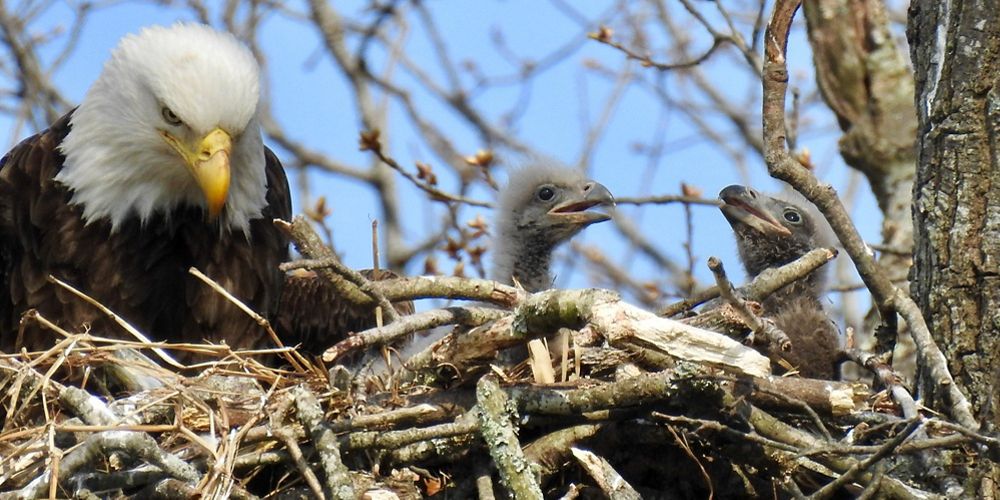
4. Explore Rare Flora at Tannersville Cranberry Bog
Join one of our guided events at the Tannersville Cranberry Bog this season (details below) and experience one of the most outstanding examples of a boreal bog in Pennsylvania, which has been designated as a national natural landmark.
Located five miles northwest of Stroudsburg and 900 feet above sea level, your first steps will feel like going back in time to prehistoric days in the upper Adirondack Mountains or the Canadian wilderness. Take note of the rare plants and animals along the boardwalk, which may include the famous carnivorous pitcher plants that turn a deep shade of red in the fall or dozens of juvenile newts. Guests are encouraged to wear sturdy footwear.
Due to its fragile nature, the bog may only be visited during regularly scheduled walks conducted by the Kettle Creek Environmental Education Center.
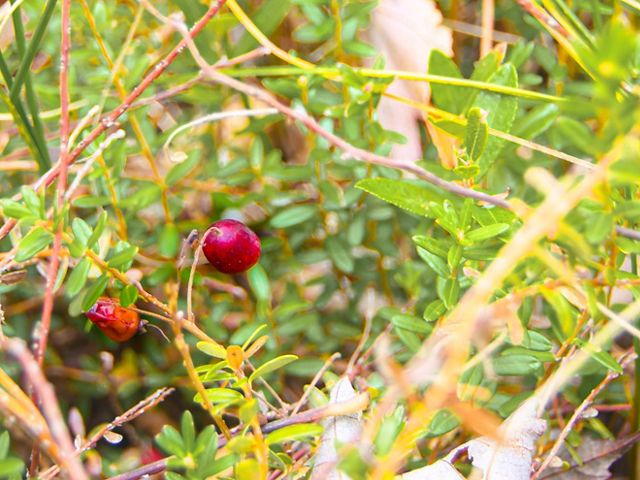
Guided Events at the Bog
A limited number of spaces are available for our guided events at Tannersville Cranberry Bog taking place May 2024 - October 2024. From full moon walks to birding, we have something for everyone! See our events schedule.
5. Hike the Hamer Woodlands at Cove Mountain
The slopes of Cove Mountain will welcome you as you traverse a key Kittatinny Ridge stopover for migratory birds including hawks, eagles and falcons. The ridge is one of the most important landscapes in the Appalachians, and protecting it will help safeguard biodiversity now and in the future.
Thanks to our partnership with the Susquehanna Appalachian Trail Club, we have been able to expand the trail system at Cove Mountain Preserve in recent years, with new trails being created and enhanced year-round.
For a shorter hike, take the green or yellow trail (each approximately 0.5 mile) to the observation area, where you can see the Statue of Liberty replica towering above the Susquehanna River below. Looking for something longer or more challenging? Take the blue trail or the pink trail to the top of the ridge for an even greater elevation gain.
Be sure to keep an eye out for wildlife! During your hike, you may notice trees bearing Pennsylvania’s largest native fruit: the pawpaw, which ripens for a brief period in mid- to late September. With an unusual, hard-to-classify taste, the pawpaws provide critical calories for local and migratory wildlife.
6. Trail Running at Ponders Tract/Pemberton Forest Preserve
The flat, sandy trails at Ponders Tract are enjoyed by trail runners and families year-round. You’ll see the results of in-progress forest restoration and catch rare plants and lizards basking in the sun. Close to the beaches—but without the crowds—this is a hidden gem.
When TNC purchased the Ponders Tract at Pemberton Forest Preserve in 2004 from a pulpwood company, the 900+-acre property was covered almost exclusively with loblolly pine trees. Now, nearly 20 years later, this preserve is becoming a shining example of what a successful mixed-hardwood forest restoration can look like in Delaware thanks to many years of forest thinning and prescribed fire. No matter your speed—walk, jog or run—be sure to take in the stunning wildflowers along the edges of the trails in hues of yellows and whites. Use our birding guide and trail map to plan your adventure.
Sign Up for Our E-newsletter, Nature News.
Sign up to receive monthly conservation news & updates from TNC in your state!
